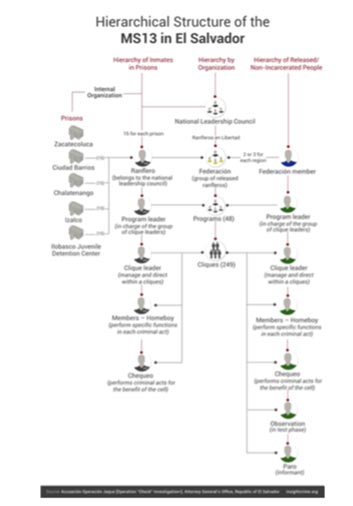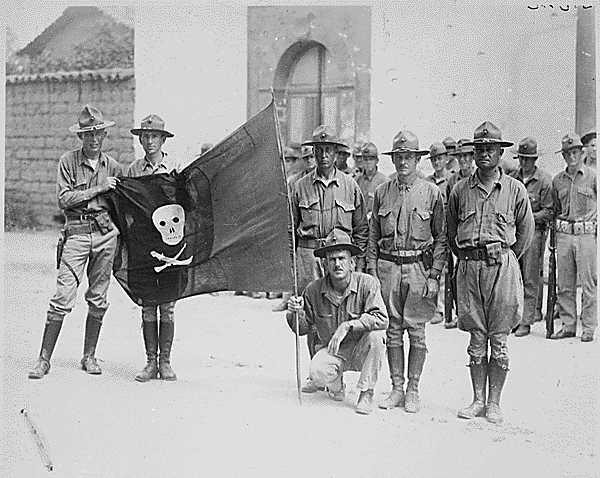From the Bunker
Sunday, February 17th, 2019[Mark Safranski / “zen“]

Friend of ZP, Dr. Robert Bunker had a few new publications lately with other Friend of ZP co-authors and I thought I would begin my return to semi-regular (or at least occasional) blogging by giving them a nod here. The first was run a few weeks ago at Small Wars Journal:
by Robert Bunker and John Sullivan
Mara Salvatrucha (MS-13) is a well-known and extremely violent street, and in Central America, prison gang with an estimated transnational membership of 50,000 to 70,000 individuals.[1] Essentially a transnational gang network, MS-13 maintains a relatively robust media presence due to its ongoing criminal activities within the United States, many of which have resulted in homicides and even torture killings, as the gang continues to expand into new communities in Texas and the East Coast of the United States. The gang is organized on a networked, i.e. biological (and/or software program) based model with open architecture ‘plug ins’ that utilize a cellular synapse/and open coding-like strategy that facilitates network linkages and alliances, i.e., interfaces with violent non-state actors (VNSAs). Such network interfaces and organizational schemes go by a number of terms including netwar (John Arquilla and David Ronfeldt) and open-source warfare (John Robb).[2] This note specifically looks at the C2 geographic variations of the Mara Salvatrucha (MS-13) network in the United States, Mexico, and Central America (primarily El Salvador) and MS-13s interface with more powerful violent non-state actors (VNSAs) which result in localized hierarchical organizational expressions.
Read the rest here.
The second is a monograph at The Strategic Studies Institute:

Contemporary Chemical Weapons Use in Syria and Iraq by the Assad Regime and the Islamic State
This monograph focuses on an understudied, but yet a critically important and timely component of land warfare, related to the battlefield use of chemical weapons by contemporary threat forces. It will do so by focusing on two case studies related to chemical weapons use in Syria and Iraq by the Assad regime and the Islamic State. Initially, the monograph provides an overview of the chemical warfare capabilities of these two entities; discusses selected incidents of chemical weapons use each has perpetrated; provides analysis and lessons learned concerning these chemical weapons incidents, their programs, and the capabilities of the Assad regime and the Islamic State; and then presents U.S. Army policy and planning considerations on this topical areas of focus. Ultimately, such considerations must be considered vis-à-vis U.S. Army support of Joint Force implementation of National Command Authority guidance.
And finally, heading back to SWJ, a book – with Dave Dilegge, John Sullivan and Alma Keshavarz :
Blood and Concrete: 21st Century Conflict in Urban Centers and Megacities
Blood and Concrete: 21st Century Conflict in Urban Centers and Megacities provides a foundation for understanding urban operations and sustaining urban warfare research. This Small Wars Journal (SWJ) Anthology documents over a decade of writings on urban conflict. In addition to essays originally published at SWJ it adds new content including an introduction by the editors, a preface on “Blood and Concrete” by David Kilcullen, a foreword “Urban Warfare Studies” by John Spencer, a postscript “Cities in the Crossfire: The Rise of Urban Violence” by Margarita Konaev, and an afterword “Urban Operations: Meeting Challenges, Seizing Opportunities, Improving the Approach” by Russell W. Glenn. These essays frame the discussion found in the collection’s remaining 49 chapters. Blood and Concrete continues the legacy of Small Was Journal’s coverage of urban operations, conflict and combat.
Probably not this kind of megacity…..









